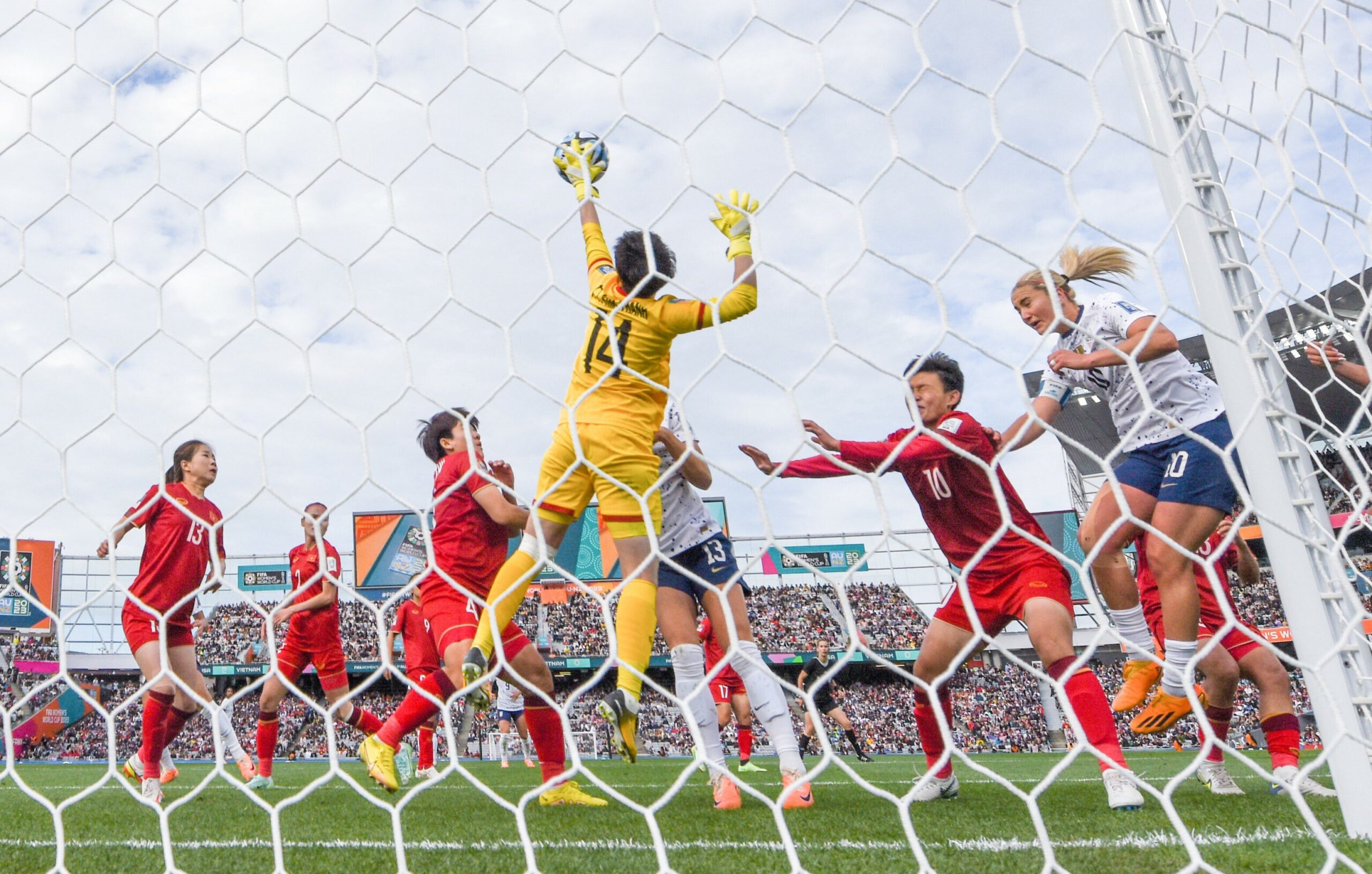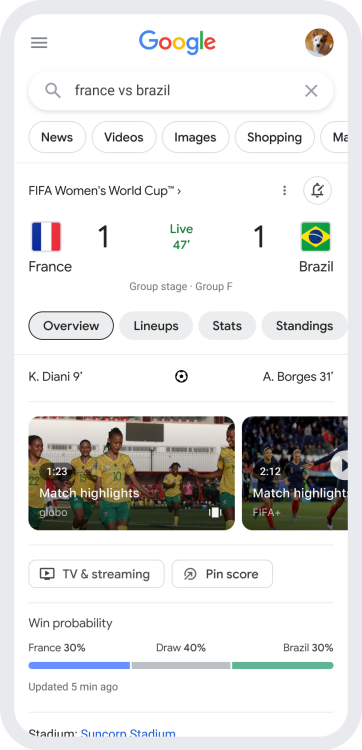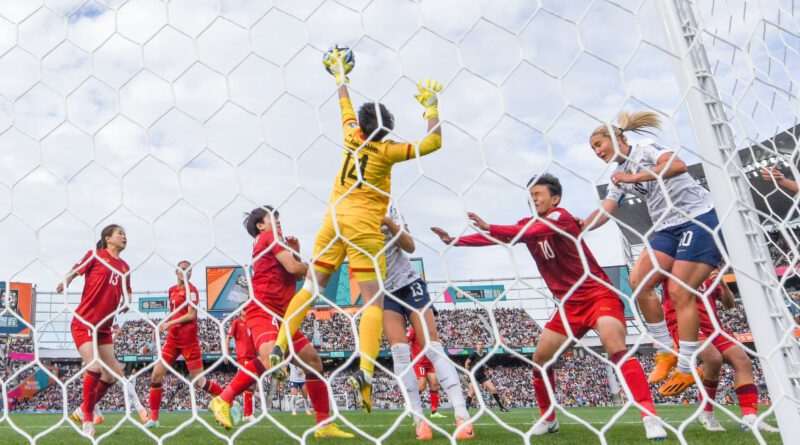FIFA Women’s World Cup coverage gets a boost with digital partnerships

As teams play through the first week of the FIFA Women’s World Cup™, which kicked off on July 20 and will end Aug. 20, those in the world of tech are attempting to solve a glaring problem in the world of sports: inequitable visibility of, and access to, women’s team coverage.
Today, Google announced a gender-focused tailoring of its Search function, including more inclusive responses for “gender-ambiguous” sports searches and the continued expansion of coverage for women’s competitions in the information boxes at the top of the results page. Search results now include over 380 leagues across a variety of women’s sports, and when search queries don’t specify which team coverage the user is looking for, Google will choose responses based on relevant tournaments and events, or provide easy access to both women’s and men’s teams. Improvements also include providing gender-correct responses for searches in gendered languages like Spanish, German, and Hindi.
“Search results present the content that’s available on the open web, so unfortunately, sometimes they can reflect inequities that may exist on the internet — and in society at large,” the company wrote in its announcement, noting its commitment to addressing this imbalance by collaborating with content creators and news publishers to increase media coverage of women’s sports.
In addition to other site features, Google Search announced a partnership with The Athletic for its “My Game in My Words” series, which highlights career moments of the world’s top athletes. Google’s partnership will feature National Women’s Soccer League (NWSL) players, including Megan Rapinoe, as they compete in this year’s World Cup.

While seemingly small changes within the larger, ongoing fight for gender parity, steps like these signal the greater prioritization of women’s teams coverage — and its rippling effect on the sports and entertainment industries.
In June, the event faced the threat of an international television blackout, following ongoing negotiations between FIFA and broadcast companies that highlighted a limited broadcast infrastructure for the women’s sport. For the first time in its history, television rights for the women’s tournament were sold to broadcasters separately from the men’s tournament rather than in annual bundle deals. While the separation initially threw live coverage of the global tournament up in the air — and tested broadcast companies’ limited commitment to supporting women’s sports coverage — last-minute deals will allow the Women’s World Cup coverage to air in over 200 territories and through FIFA’s own platform FIFA+, Forbes reported.
Online coverage, and trending discussions, also are providing fans ways to get around traditional media’s limited women’s sports coverage. This year, FIFA is partnering with TikTok for exclusive behind-the-scenes content and tournament coverage, including a dedicated FIFA Women’s World Cup 2023™ Hub featuring official broadcasters, national teams, and players, as well as links to access match schedules and scores. This marks the first collaboration between FIFA and TikTok.
All of this radiates out of unprecedented in-person and digital interest in women’s sports, especially women’s soccer. “With over 3.7 billion video views to-date, #WomensFootball has become particularly popular on the platform, with fans coming to TikTok to relive their favorite moments, offer commentary about the game, build community with other football fans, and cheer on their favorite players and teams,” TikTok wrote in its announcement.
“Last FIFA Women’s World Cup™ four years ago, we saw the largest spike in Search interest related to women’s soccer in Google Trends history. Since then we’ve seen consistent increases during women’s soccer tournaments like during last year’s UEFA Women’s EURO and the Copa América Femenina,” said Google.
Broadly, television ratings for nearly every single women’s sport are on the rise, USA Today reports. In the United States, NWSL and Women’s National Basketball Association (WNBA) teams are reportedly outperforming men’s professional leagues in event attendance growth, aligning with record-breaking FIFA numbers in 2022.
Nike’s viral ad campaign, starring players from the U.S., Brazilian, and Australian teams, joins other marketing efforts — like a deceptively clever gender-swap ad for the French national team — hammering in the excitement for women’s soccer this year.
According to World Trade Organization director-general Ngozi Okonjo-Iweala, the 2023 Women’s World Cup is projected to generate $ 220 billion.
“Women’s football is on a growth trajectory unlike any other sport in this world,” said Sarai Bareman, FIFA’s chief women’s football officer, in a 2022 ESPN interview. “It’s the biggest growth opportunity that FIFA as an organization have today but more importantly, our sport, football, has today. It’s the biggest growth opportunity there is.”


